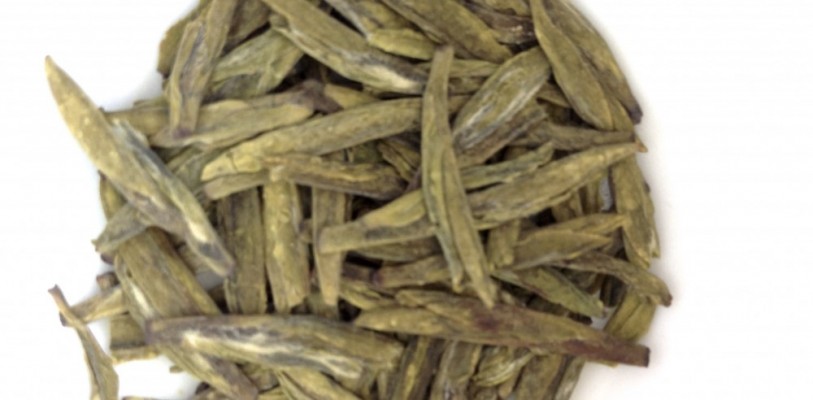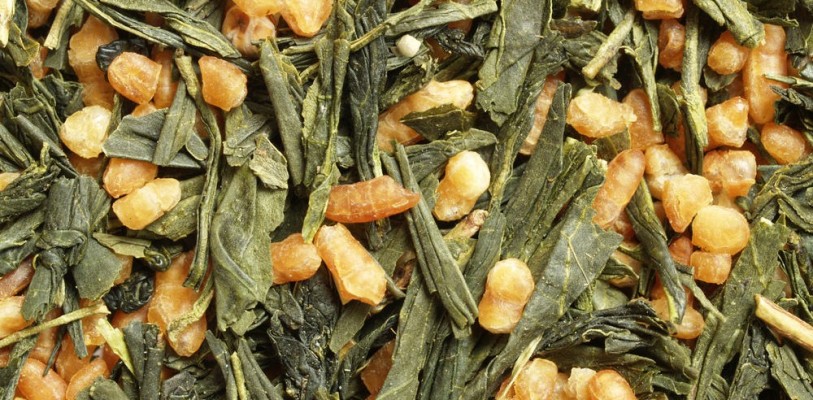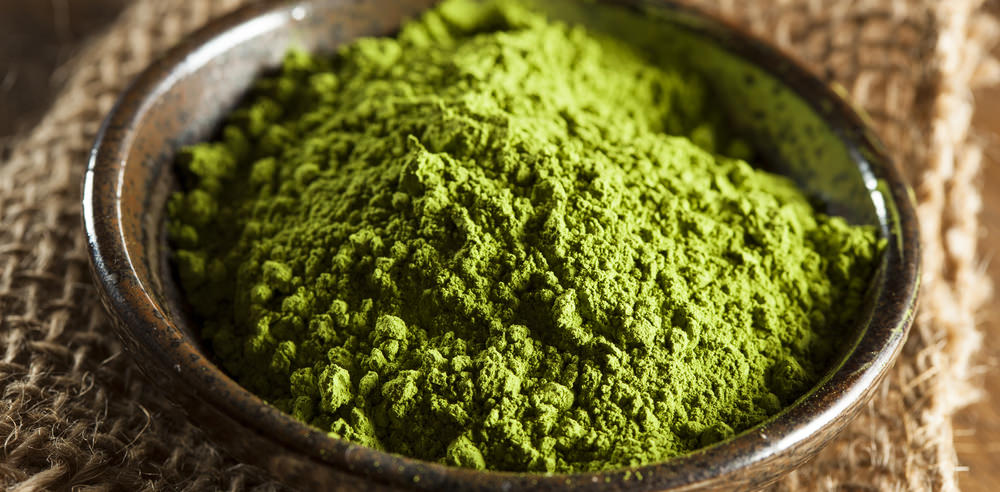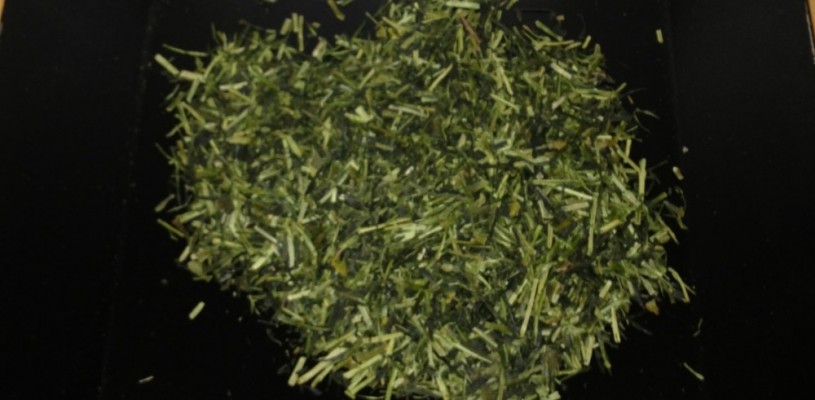
Kukicha is special because it doesn’t contain green tea leaves, so to speak. It is often referred to as stick tea, twig tea, stem tea, or stalk tea, and there’s a good reason for this.
These stems are what’s left over after the main loose leaf green teas have been processed. In the past, the Japanese tea farmers would make these bits as a drink after selling all of their product. Now it’s sold along with other green teas.
Well, sort of. It is often a by-product of making matcha.
When the new tea leaves are picked, they are chosen to be used as either matcha or gyokuro. If the leaves are good enough to be selected for matcha production, they are then labeled as tencha.
As these tencha leaves are processed, they are steamed, dried and cut. They are then put through an Air Jet Separation System which separates the stems from the leaves.
Rather than throwing these stems away, the resourceful Japanese tea producers started selling them as a loose tea.
The tea stems can also come from the processing of sencha and gyokuro. When sencha and gyokuro are steamed, rolled and dried, their stems are separated from the leaf.
Sometimes also called Boucha, this stick tea is known by many names. Mainly because it can come from a number of sources. The most common type comes from the processing of matcha and gyokuro teas. If the stems come from these leaves, the tea is labeled as either Karigane or Shiraore.
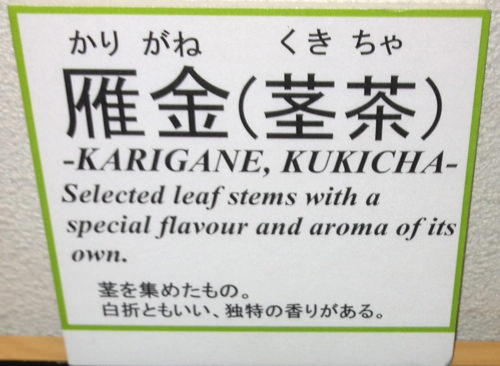
Since it’s made up of the parts that are excluded from most green teas, it has its own very unique aroma and flavor. It is much less bitter, and has a nutty flavor. As a bonus, this tea is also naturally low in caffeine. No extra processing needed!
Because it is so mild, it is even a recommended tea drink for people that are on a macrobiotic diet to help with digestion.
Kukicha is prepared in much the same way as other green teas. You want to steep it in water that is about 160 degrees Fahrenheit for a little less than a minute (about 45 seconds). Longer if you like your tea a bit more bitter.
It is common to steep the same leaf stems three or four times. However, it does get a bit weaker the more you steep it. I usually re-use the stems for at least two or three cups.
This article contains a link to DailyMatcha.com. Daily Matcha is our store where we sell green tea directly from Japan. Your purchases at Daily Matcha support our effort to keep this website free and to spread the word about green tea. Thank you!
